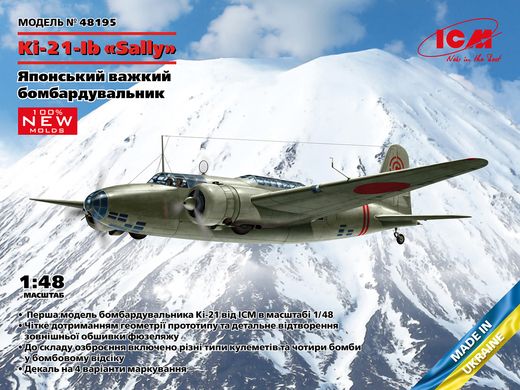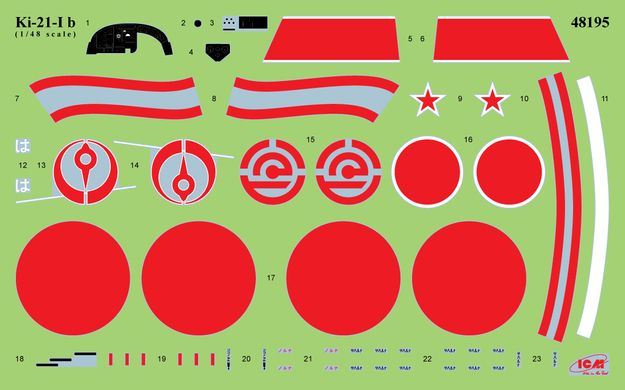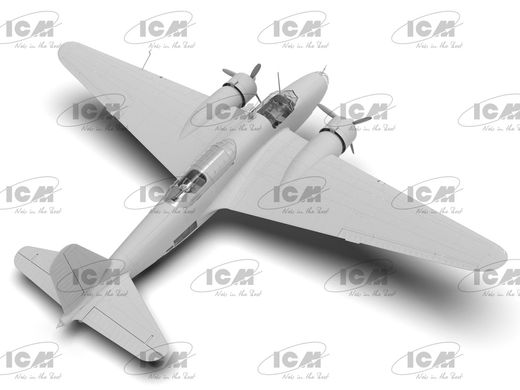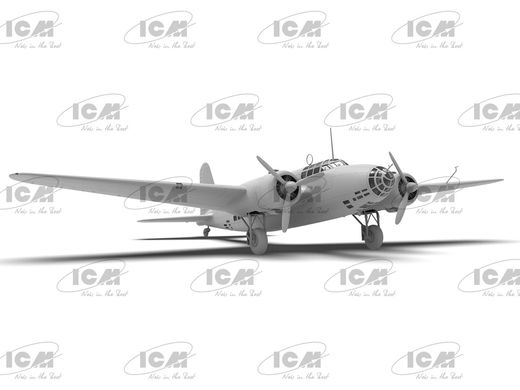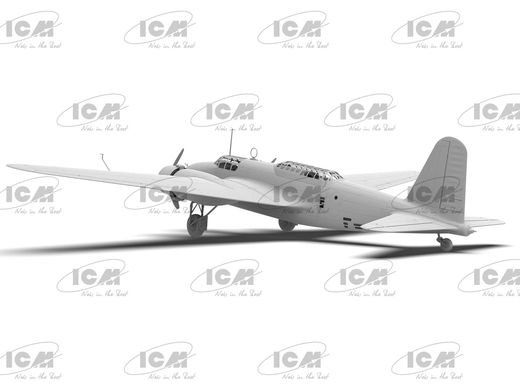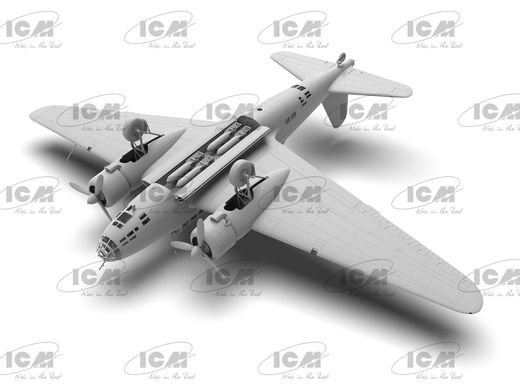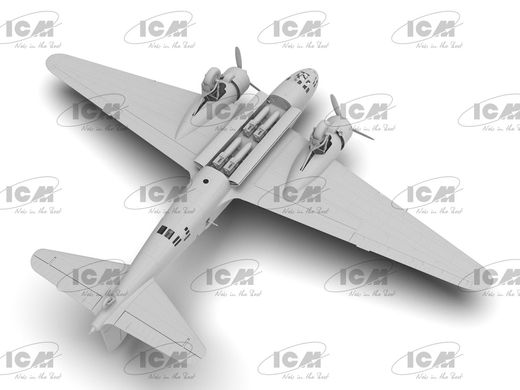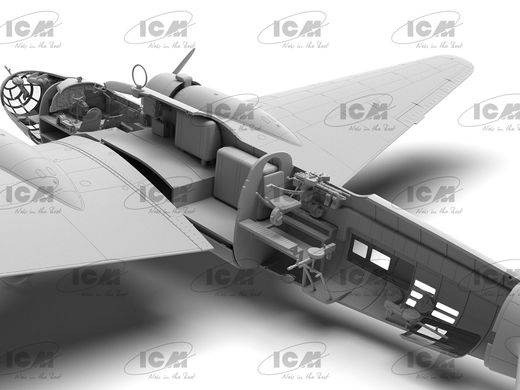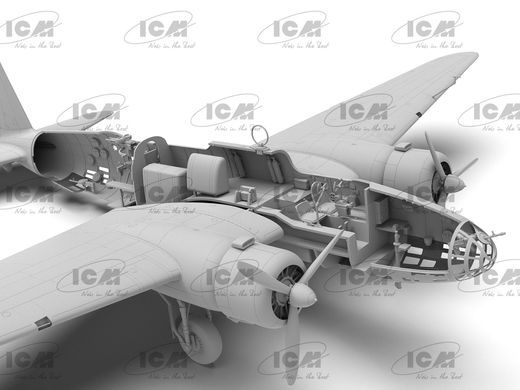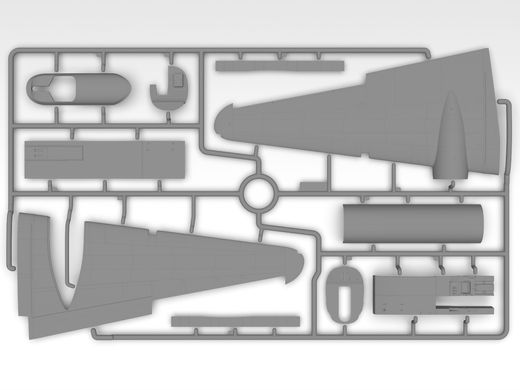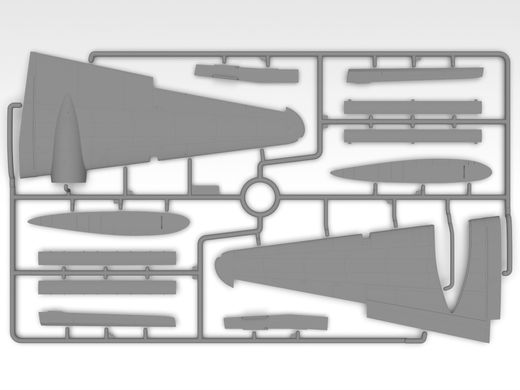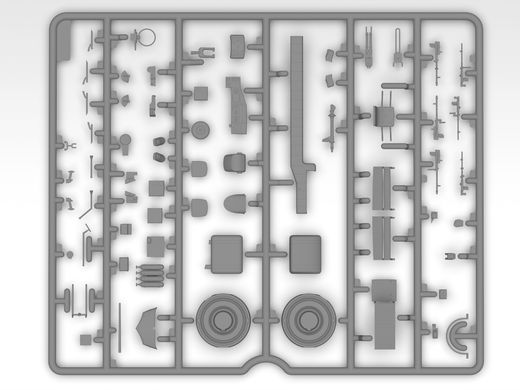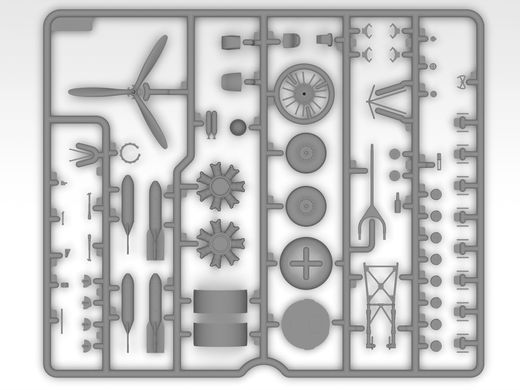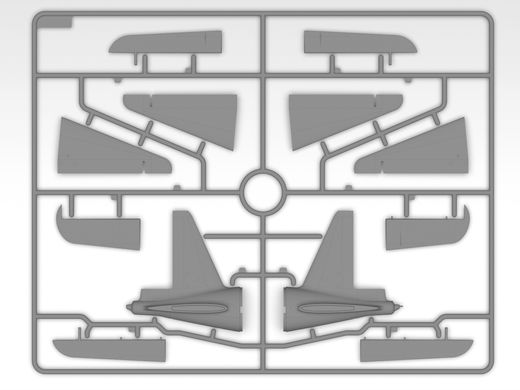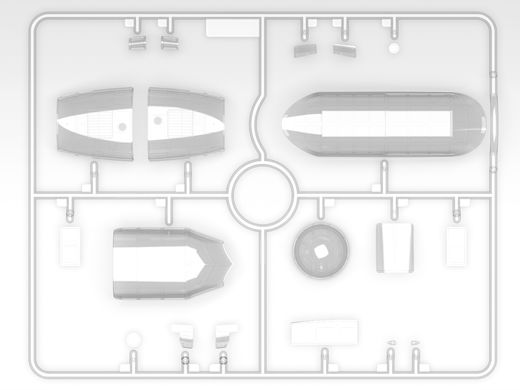Ki-21-Ib 'Sally'
Japanese heavy bomber The Ki-21 bomber, which during the Second World War also received the name "Sally", was developed by the designers of the Mitsubishi company in accordance with the requirements developed by the General Directorate of Aviation. The first sample of the aircraft took off on December 18, 1936, during the following year flight tests of prototypes took place. Serial production began in the spring of 1938. The bomber was produced by two factories - Nakajima and Mitsubishi, the planes of these two different manufacturers had minor differences in the design of the nose part of the fuselage. The modification of the aircraft designated Ki-21-Ib (the second serial modification of the Ki-21 bomber line) was released with the experience of aerial combat in the skies of China and had enhanced gunnery. The main visual difference of the bombers of this modification was the tail machine gun point. The planes took an active part in the hostilities during the Sino-Japanese War and at the initial stage of the Second World War. Subsequently, they were transferred to training units, and some of them were converted into transport aircraft.















